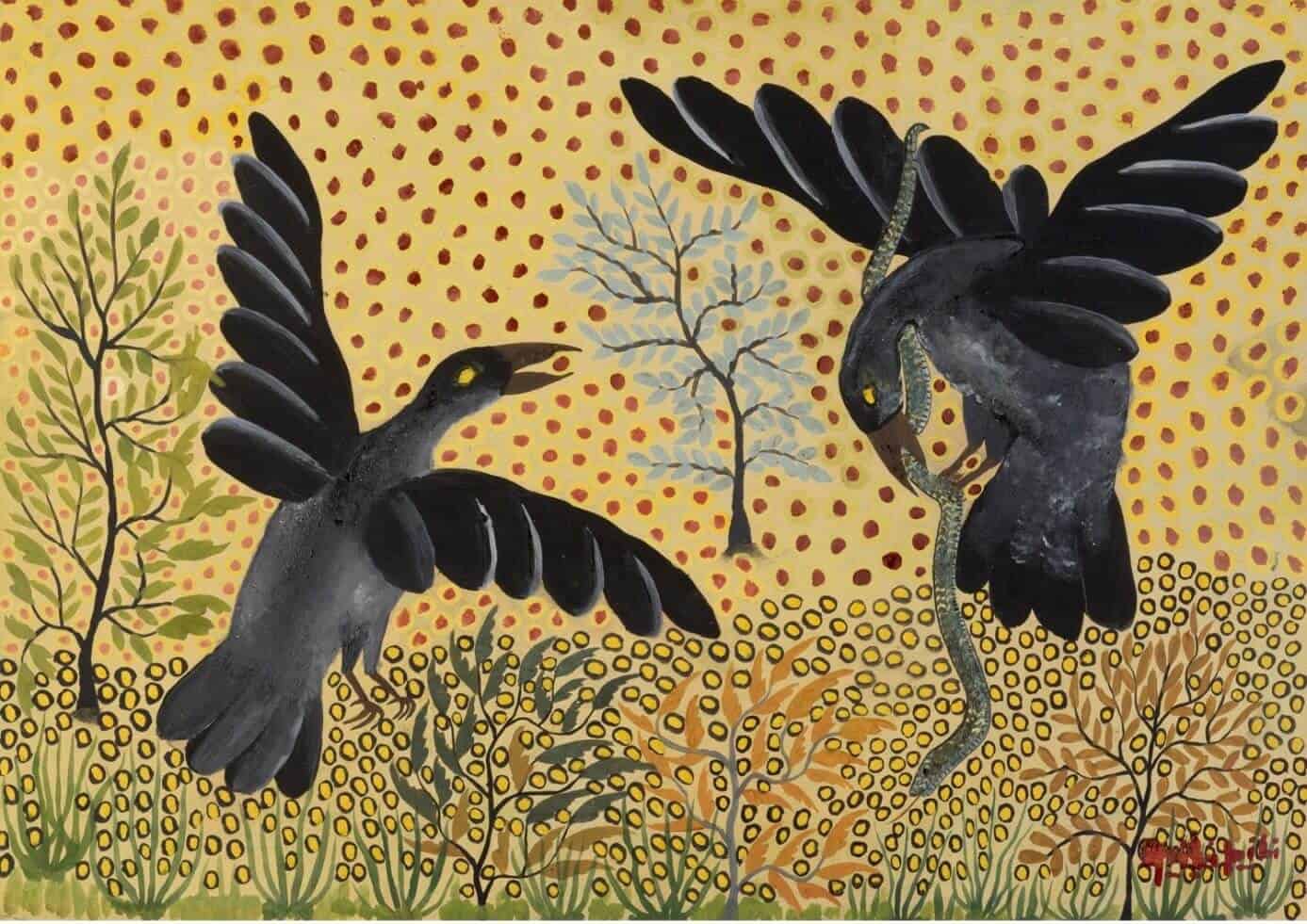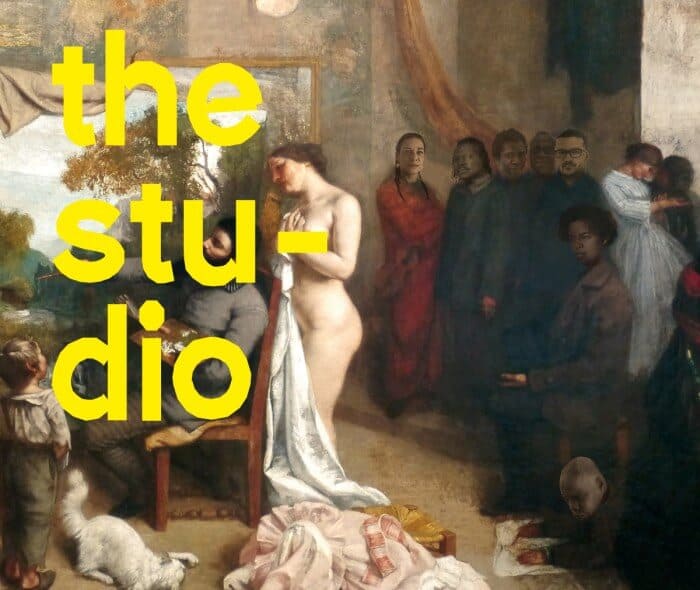Kenya’s up-and-coming artists are increasingly finding spaces outside of the conventional galleries to exhibit their art. Crossing borders & breaking moulds: Margaretta wa Gacheru writes about Kenya’s burgeoning art scene.
 LEFT TO RIGHT: Paul Onditi, Smokey on the road, 2015. Mixed media on polythene paper, 60 x 40 cm; Ehoodi Kichapi, Doctors Plaza, 2015. Oil on canvas. 60 x 40 cm. All images courtesy of Margaretta Wa Gacheru.
LEFT TO RIGHT: Paul Onditi, Smokey on the road, 2015. Mixed media on polythene paper, 60 x 40 cm; Ehoodi Kichapi, Doctors Plaza, 2015. Oil on canvas. 60 x 40 cm. All images courtesy of Margaretta Wa Gacheru.
Possibly the best evidence of the vitality and vibrancy of the contemporary Kenyan art scene is the fact that so many of the country’s best and brightest artists are crossing borders and increasingly exhibiting both within the region and overseas – a run off effect of the bourgeoning local art scene.
In South Africa alone, Peter Ngugi and Ehoodi Kichapi, two of the leading Kenyan artists are currently having solo exhibitions at Nini Gallery’s respective spaces in Cape Town. A number of other Kenyans – Dennis Muraguri, Jackie Karuti, Ato Malinda, and Paul Onditi – also had their art on show at this year’s FNB JoburgArtFair, and at least one Kenyan sculptor, Cyrus Kabiru – with his C-Stunner eye-ware art – is being represented by SMAC Gallery.
Largely determined by the Western gaze, Kenyan contemporary art is still not widely recognised on the global art scene. Not long ago, scholars who studied African art had little to say on the subject, apart from taking note that local venders still sell wooden figurines to tourists which these pundits called ‘airport’ or ‘souvenir’ art. Historically, it was West Africa that was most widely acknowledged as the home of authentic ‘African’ art. After all, it was Westerners like Picasso and Matisse who’d confirmed that something incredible was happening on the Western side of the continent. Independent South Africa was said to be coming up fast, but in the East, little was understood to be happening at all. These stereotypes still persist today, although the situation in East Africa, particularly in Kenya, is changing rapidly. Still, few people in the media (scholars aside) have had time (or inclination) to engage this development.
Beatrice Wanjiku, Yesterday, from the ‘Strait Jacket’ series, 2016. Oil on canvas.
Despite the increasing number of spaces available, Kenya’s up-and-coming artists are increasingly finding spaces outside of the conventional galleries to exhibit their art by reaching out to luxury hotels, up-market restaurants, coffee houses, and shopping malls. Maryanne Muthoni is currently covering the main entrance of Two Rivers Mall with hundreds of meters of mosaic tile murals. The Garden City Mall is home to Maggie Otieno and Peterson Kamwathi’s award-winning sculptures, which stand tall at the entrance. Peter Ngugi is about to install his five meter metallic Coffee Tree at The Hub, an affluent Mall in the suburb of Karen, Nairobi. The slightly older art galleries like One Off, Circle Art, Red Hill and Banana Hill art galleries are all keeping busy with exhibitions running regularly every month. The same is true for the foreign art centers like the Alliance Francaise, Goethe Institute and Italian Institute of Culture, all of which are sought after sites that typically have a lot of traffic from the CBD. Even the Russian Embassy periodically mount exhibitions of Kenyan art. Unfortunately, however, the visual art scene in Kenya has had virtually no support from government, an attitude towards the arts best illustrated by history:
 Samuel Githui, Safarini, 2015. Triptych, oil on canvas.
Samuel Githui, Safarini, 2015. Triptych, oil on canvas.
 Evans Maina Ngure, Self-portrait, 2015. Recycled metal spare parts on cardboard.
Evans Maina Ngure, Self-portrait, 2015. Recycled metal spare parts on cardboard.
All of these developments are contributing to the burgeoning Kenyan art scene. But perhaps the one Kenyan phenomenon that’s captured lots of local and international attention is the East African Art Auction, launched by Circle Art Gallery, which plays a central role in pushing up the value of Kenyan and other East African artists’ work. That being said, there’s no single factor that’s played the most transformative role in making the Kenyan art scene as vibrant as it is today. It’s the convergence of all these factors that has caused the qualitative shift from ‘souvenir art’ to what’s emerging and energising art in Kenya today.




